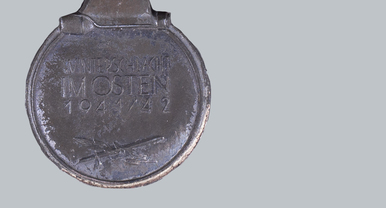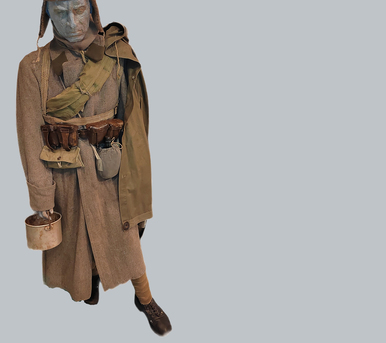The mandolin presented in the museum’s exhibition belonged to Nikolay Yegorovich Pogorelov, a native of the Prokhorovsky district. This small plucked musical instrument was often made with four courses of double strings.
Its body was made of several segments — strips. The Neapolitan mandolin consists of 15 to 30 strips. The body was usually made of maple, ebony, rosewood or redwood. A string holder made of metal, wood or bone was attached to it.
The soundboard is essentially the front part of the body. It is slightly bent. A stand for strings was installed on the soundboard. The neck of the mandolin is relatively short. It was made of larch, cedar, maple or mahogany wood.
The neck was divided into frets by metal bars and completed with a headstock with a pegboard, which is necessary for pulling strings. The body as a whole was given a convex oval shape. In this musical instrument, the sound hole is decorated with a red applique pattern.
In Russia, the mandolin was very popular even in pre-Soviet times. Its sound could be heard in films and amateur performances of the peoples of the USSR along with national instruments. The owner of this mandolin, Nikolay Yegorovich Pogorelov, was a native of the village of Pereleski in the Prokhorovsky district of the Belgorod region. He finished a seven-year school, and then trained as an apprentice at a factory. In 1943, as the son of the regiment, he went to the front.
Nikolay Pogorelov fought in battles and marched tens of kilometers, reaching Berlin. Sergeant of the Guards of the 282nd Mortar Regiment of the 1st Belorussian Front, Pogorelov was awarded 2 orders and 15 medals for his combat accomplishments.
In the postwar years, Pogorelov was stationed in Potsdam, a city in eastern Germany, where he was listed as a regimental photographer. He decided to connect his entire postwar life with this artform. Pogorelov returned home in 1950. He devoted more than 20 years to working for the district newspaper, and for many years he was the best photographer in the district.


